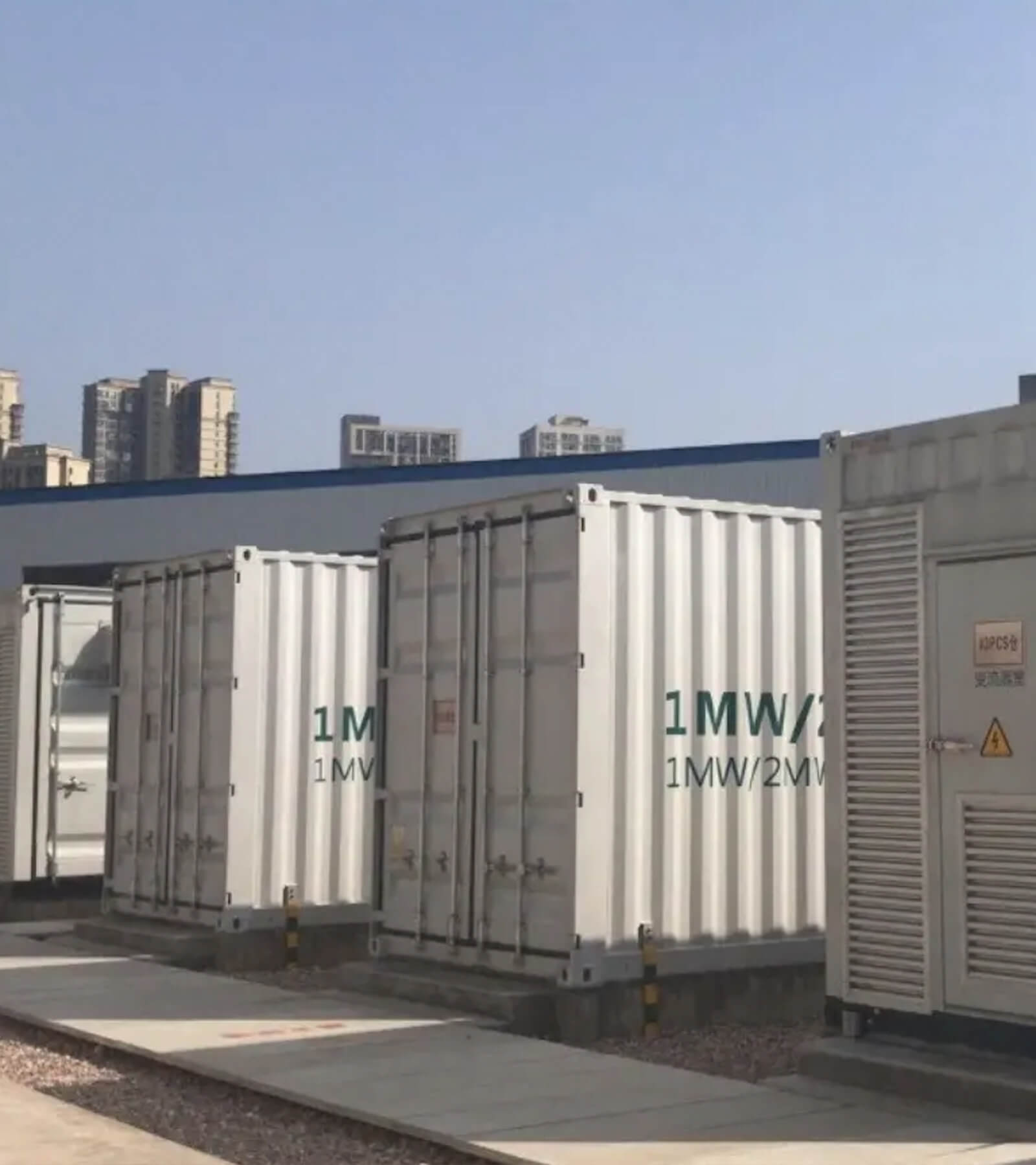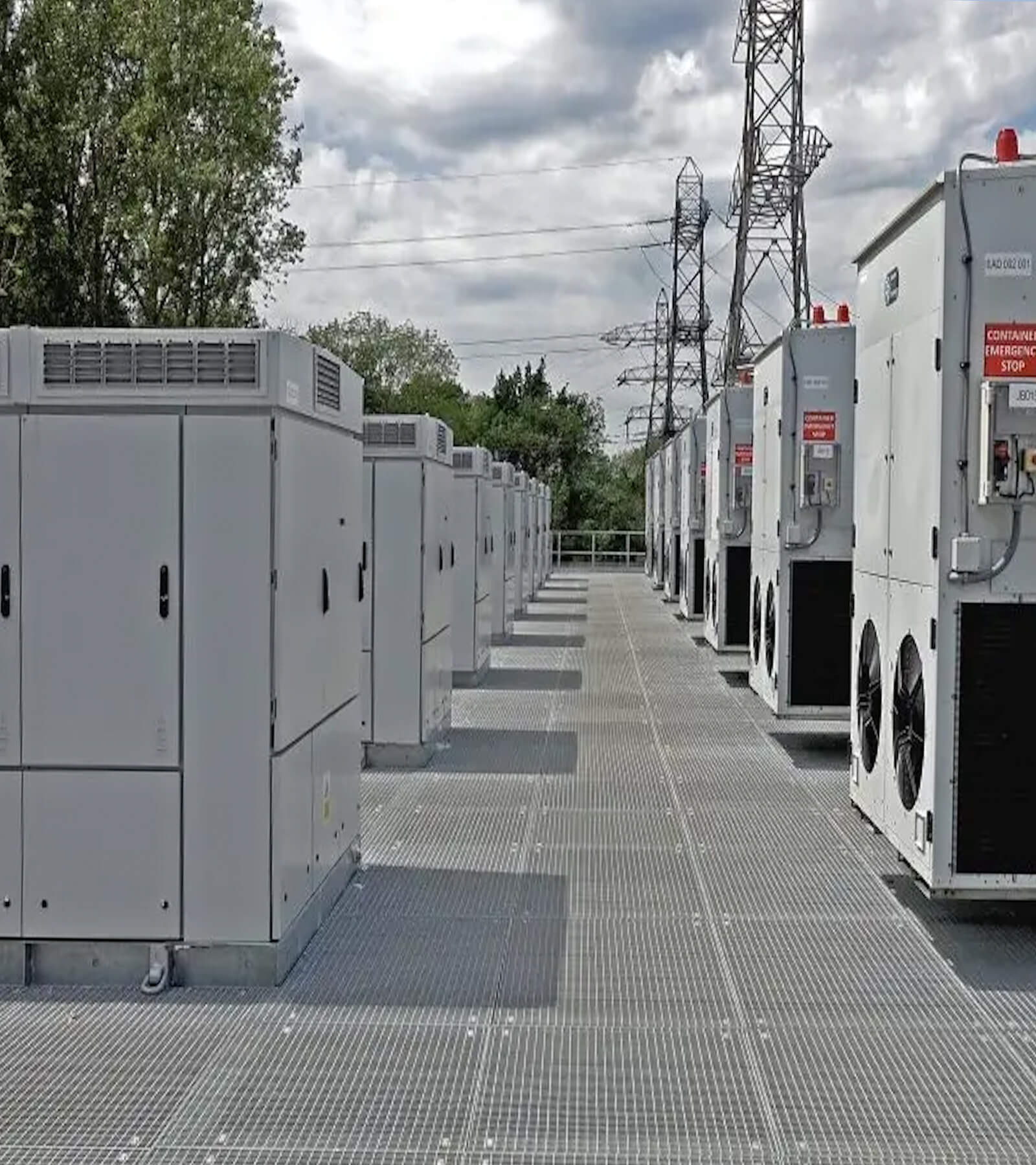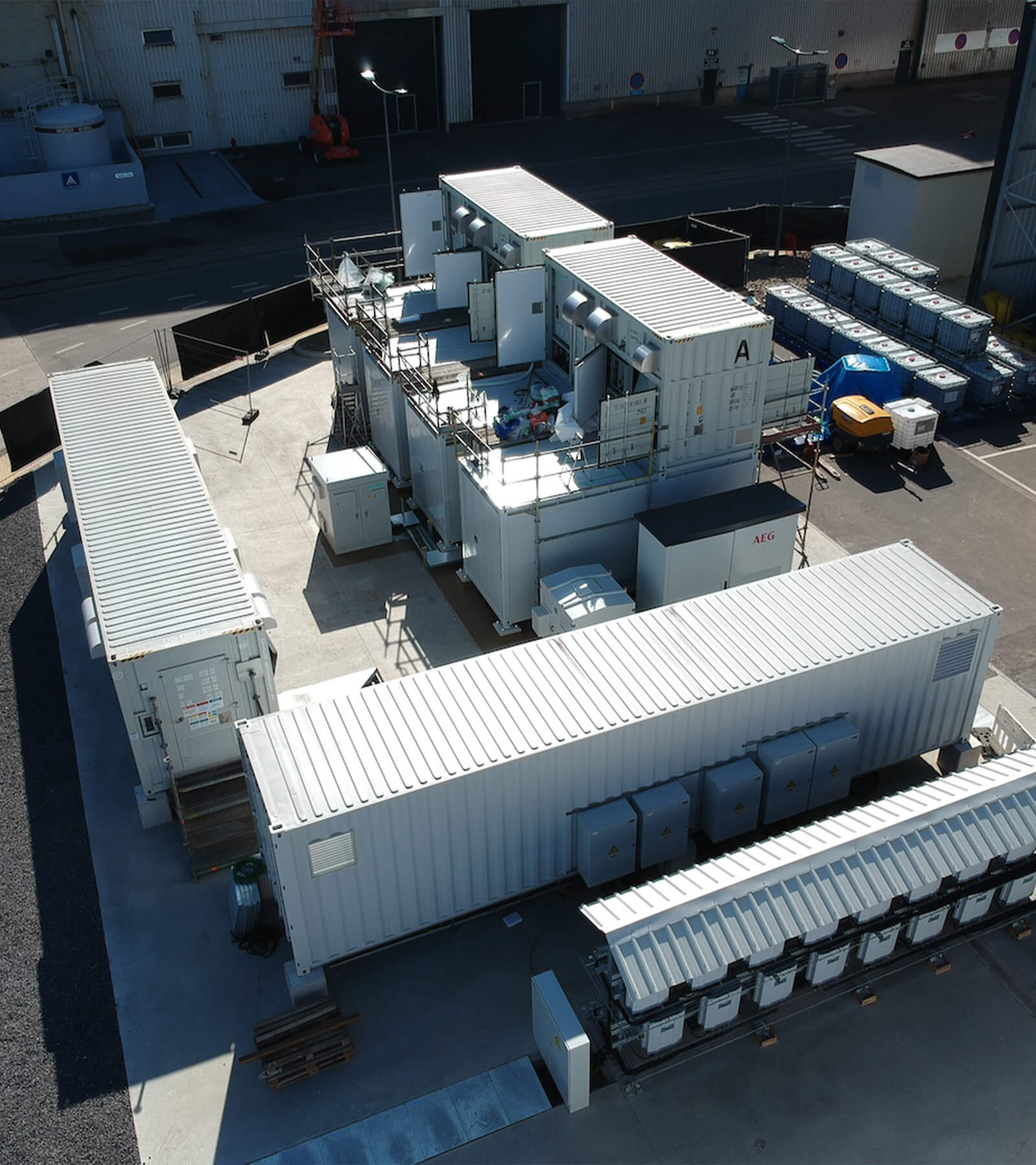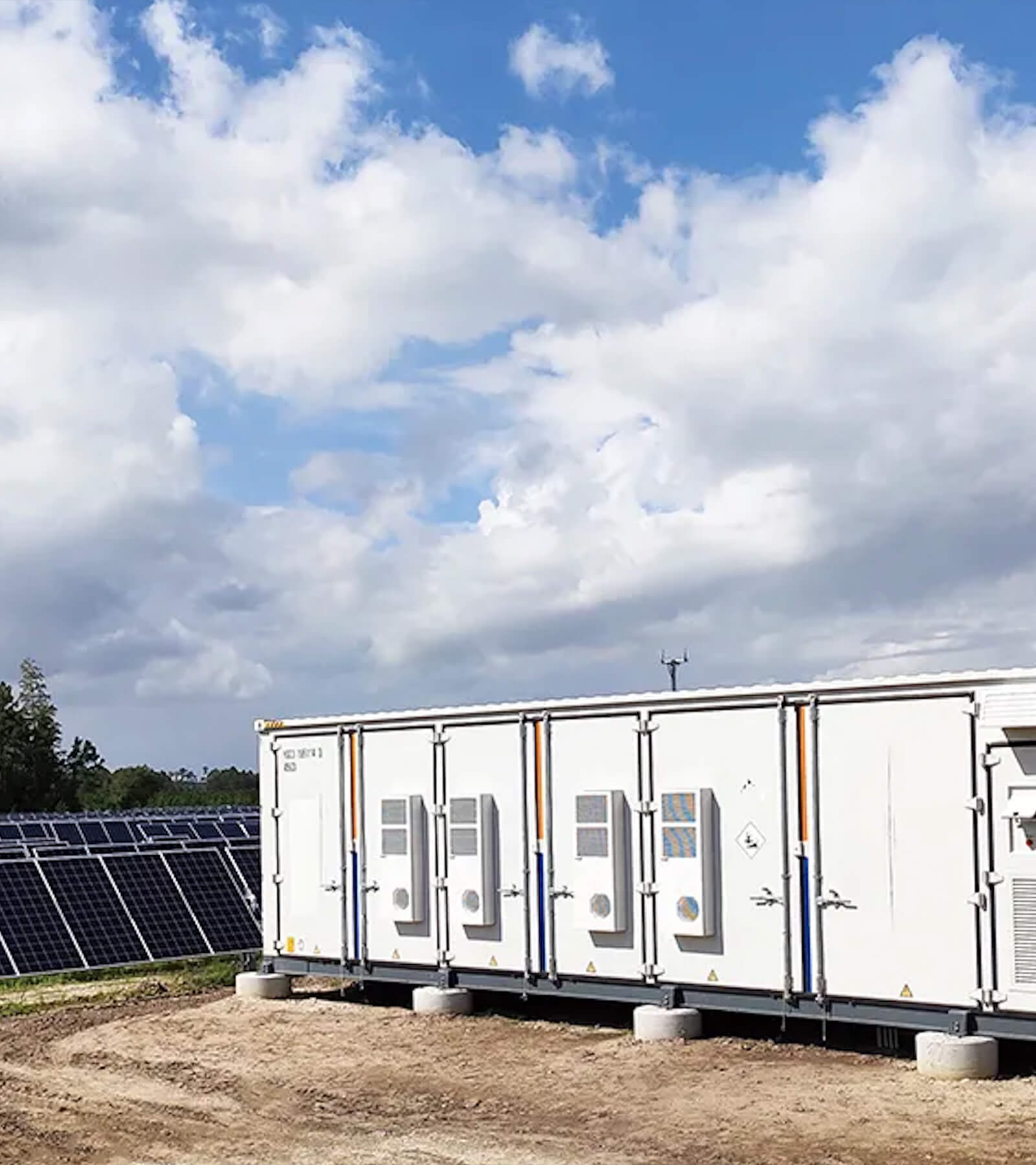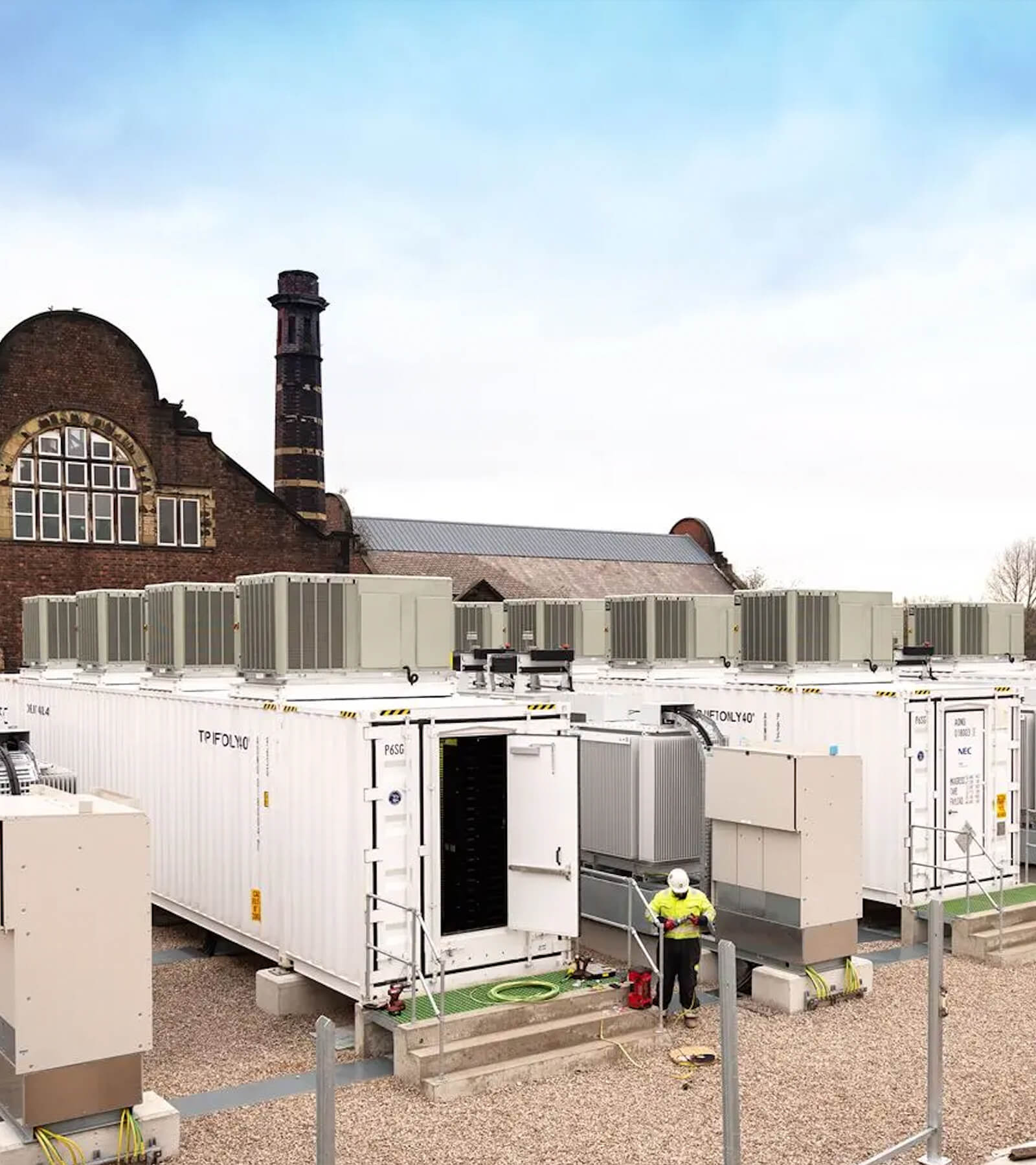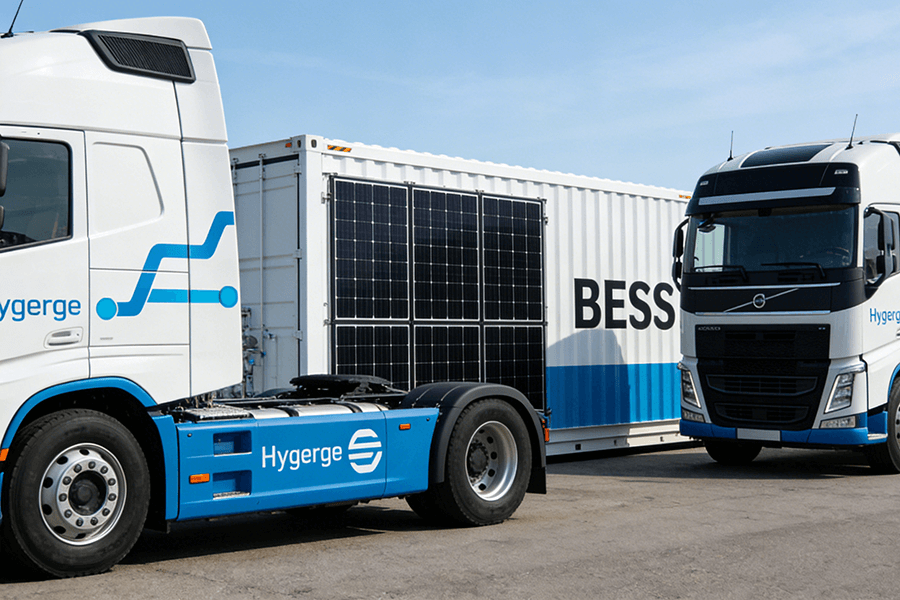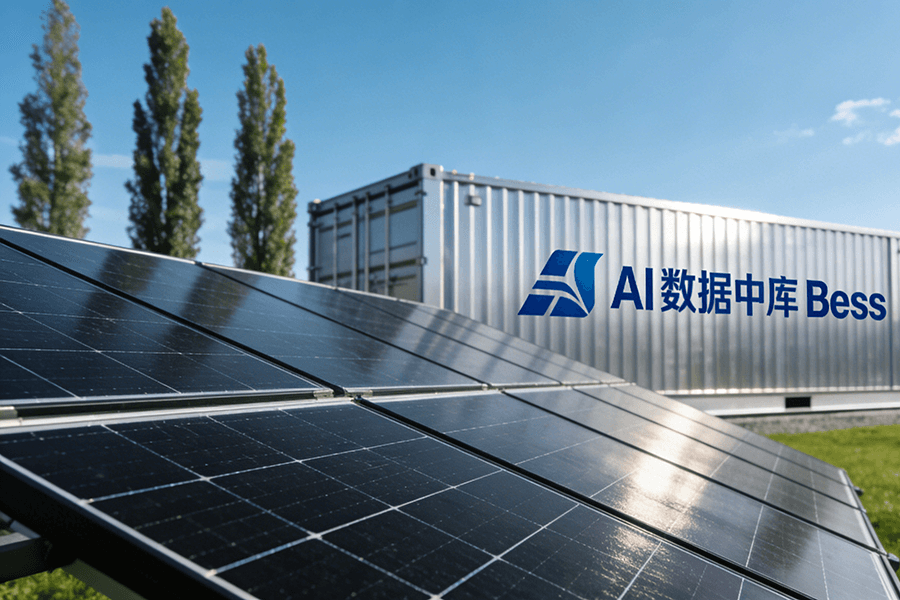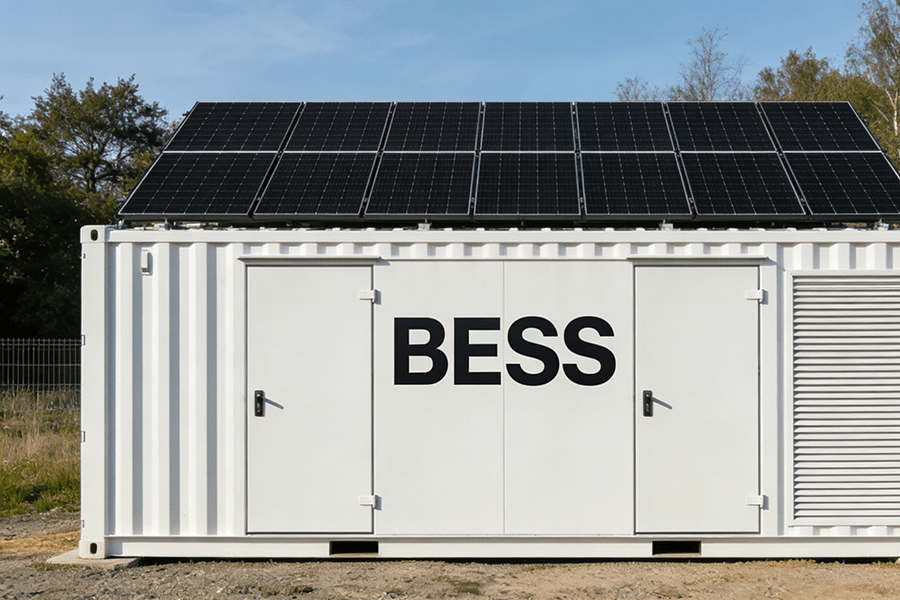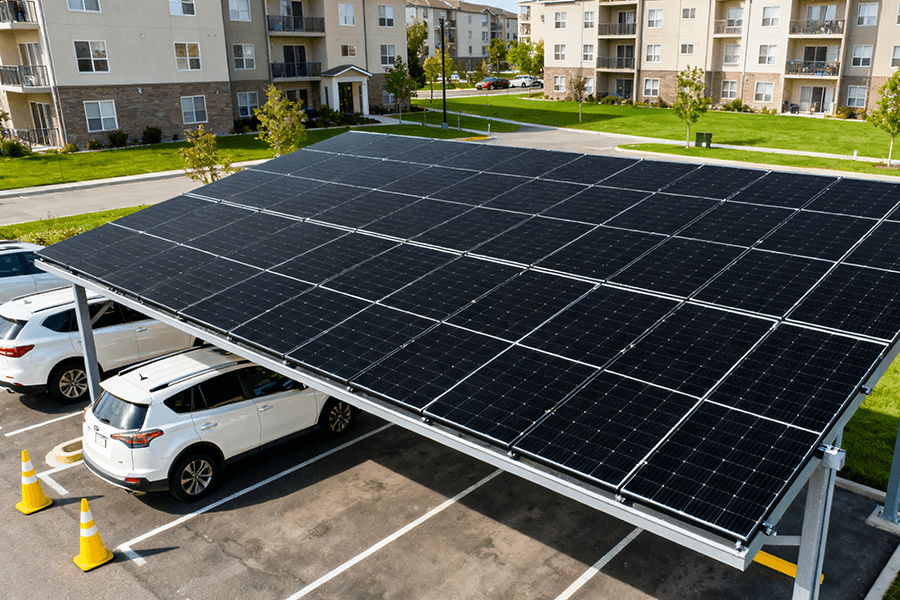
The Great Renewable Paradox: Why We Need BESS More Than Coffee on a Monday
Europe’s renewable ambition is admirable—by 2030, 45% of its energy needs to come from green sources. But here’s the catch: Wind doesn’t blow at 3 PM every day, and the sun takes weekends off (rude, right?).
This “intermittency” is the grid’s worst nightmare. It creates mismatches between energy supply and demand, forcing grids to rely on backup fossil fuel plants to avoid blackouts.
Worse, local opposition to big renewable projects slows deployment to a crawl. A 2024 European Commission study found that 42% of renewable delays stem from community pushback—not technical issues. Even the most cutting-edge solar or wind technology can’t move forward if locals block planning permissions.
The Community BESS Container solves both problems in one neat, weatherproof package. It stores excess energy when the sun/wind is partying (think midday solar gluts or midnight wind surges), feeds it back when things go quiet, and—here’s the magic—gives locals a direct stake in the game.
It’s not just “the company’s battery”; it’s “our battery that pays for my summer BBQ, my kid’s soccer fees, or that long-overdue home renovation.” This shift from “outsider project” to “community asset” is game-changing.
Why Locals Love It: Three Reasons BESS Beats Complaining at Town Halls
Let’s cut to the chase: People don’t oppose renewable projects out of stubbornness—they oppose what they perceive as threats to their finances, daily lives, and quality of life. The Community BESS Container addresses these concerns head-on, turning skeptics into supporters.
Shared Savings: BESS Puts Cold, Hard Cash Back in Your Pocket
Electricity prices swing more than a pendulum at a physics fair—peak hours (7-9 AM when everyone’s making coffee, 6-8 PM when families cook dinner) can cost 3x as much as off-peak (2-4 AM, when you’re snoring). This price gap is where BESS makes its money.
The BESS Container buys cheap off-peak energy in bulk, stores it in its high-efficiency lithium-ion batteries, and sells it back to the grid during peak demand. The profit from this “peak shaving” isn’t hoarded by a distant corporation—it’s split directly with the community.
|
Community Size
|
BESS Capacity
|
Annual BESS Profit
|
Savings Per Household (€/Year)
|
Source
|
|---|---|---|---|---|
|
Small (200 households)
|
500kWh
|
€45,000
|
€225
|
AusNet 2025
|
|
Medium (500 households)
|
1.2MWh
|
€120,000
|
€240
|
AusNet 2025
|
|
Large (1,000 households)
|
2.5MWh
|
€280,000
|
€280
|
AusNet 2025
|
That’s not chump change. For a small community, €225 per year covers nearly two months of average electricity bills in Germany. For a large family, it’s a new laptop for a student or a family trip to the coast. Suddenly, “that big metal box” down the road doesn’t look like an eyesore—it looks like a cash machine with a green conscience.
Grid Reliability: No More Candlelit Dinners (Unless You Want Them)
Power outages are the ultimate buzzkill—unless you’re into romantic (read: inconvenient) candlelight that makes it impossible to charge your phone or heat up leftovers. In rural Europe, where grid infrastructure is older, outages average 2.3 hours per year.
With a Community BESS Container, that number drops to 0.4 hours. How? The BESS acts as an ultra-fast backup, kicking in within 0.02 seconds if the main grid fails—faster than the blink of an eye. It keeps critical services like streetlights, community centers, and homes powered until the grid is restored.
In Germany’s Bavaria region, a 300-household community with a 750kWh BESS Container reported zero outages during the 2024 winter storm that left 12,000 nearby homes in the dark for up to 14 hours. Locals now refer to the container as “Uncle Battery”—reliable, a bit plain, but always there when you need it most.
Low Environmental Impact: Quieter Than Your Neighbor’s Dog (And More Discreet)
Let’s address the elephant in the yard: “Is this thing going to ruin my peace and quiet, or make my property value plummet?” Short answer: No. Modern Community BESS Containers are engineered with “invisibility” in mind—both acoustic and visual.
They operate at 35-40 decibels—quieter than a library whisper (45dB), and way quieter than a lawnmower (85dB), a barking dog (70dB), or even your dishwasher (50dB). You’d have to stand right next to it to hear a thing.
They’re also surprisingly compact. A 500kWh container—enough to power 200 households during peak hours—takes up about 12 square meters, the same space as two standard parking spots. Many communities opt to screen them with hedges, paint them to match local buildings, or place them near existing utility infrastructure (like transformer boxes) where they blend right in.
And unlike fossil fuel generators, they produce zero emissions, zero fumes, and require minimal maintenance—just a quarterly check-up, similar to a home HVAC system.
How It Works: The “Community-First” Playbook
The BESS Container isn’t just dropped in a field by a corporate team in a fancy suit. It’s co-created with the community from day one. This collaborative approach is what turns “us vs. them” into “we’re in this together.” Here’s the winning formula:
Community Crowdfunding: Buy In, Speak Up, Profit
Instead of a big energy corporation calling all the shots, locals are invited to invest in the BESS Container—with entry points as low as €500, making it accessible to most households (not just wealthy investors).
This does two critical things: First, it gives residents a direct financial stake—so they’re not just passive observers, they’re shareholders rooting for the project’s success. Second, it grants them voting rights on key decisions: where to place the container, how to allocate profits (direct savings vs. community projects), and how to maintain it.
Crowdfunding isn’t just a feel-good tactic—it’s proven to drive support. In the UK, the “Bright Community BESS” project in Cornwall raised €320,000 from 180 local investors in just 6 weeks—hitting its target 102%.
Investors earn a 5-7% annual return (far better than most savings accounts) plus the pride of powering their neighborhood with green energy. As one investor put it: “I’m not just saving money—I’m helping my town be part of the solution.”
Partner With Local Governments: Cut Red Tape, Build Trust
Local councils and mayors know their communities better than anyone—where the sensitive spots are, what infrastructure is available, and what residents care about. That’s why BESS projects make them key partners from the start.
Projects work with municipalities to identify optimal locations (away from residential backyards, close to grid connection points), navigate local planning rules, and secure permits. This collaboration doesn’t just build trust—it cuts approval time by 40% compared to solo corporate projects, which often treat local governments as an afterthought.
Pair With Solar: Build a “Community Microgrid” (Self-Sufficiency = Power)
The BESS Container is powerful on its own—but it shines brightest when paired with a local solar farm (or even a cluster of residential solar panels). Together, they form a “microgrid”—a mini energy system that prioritizes powering the community first, then feeds excess energy back to the main grid.
This microgrid model makes the neighborhood far more self-sufficient. If the main grid goes down (due to storms, cyberattacks, or maintenance), the microgrid keeps the lights on, fridges running, and phones charged. In North Macedonia’s “Os lo mej” solar project (more on that next), the BESS-solar combo lets the community meet 65% of its energy needs locally—reducing reliance on imported fossil fuels and lowering overall costs.
Case Study: North Macedonia’s “Os lo mej” Project—Where Locals Led the Charge
Numbers and theories are great—but real-world results speak loudest. The “Os lo mej” solar farm (10MW) in North Macedonia—an EU candidate country eager to meet renewable targets—paired its panels with three 1MWh Community BESS Containers in 2024. The project’s secret? It didn’t just “consult” locals—it put them in the driver’s seat.
|
Key Metric
|
Os lo mej Project (With BESS)
|
Average Macedonian Solar Project (No BESS)
|
Performance Difference
|
|---|---|---|---|
|
Local Investment Rate
|
42%
|
18%
|
+24 percentage points
|
|
Planning Approval Time
|
3 months
|
8 months
|
-62.5% faster
|
|
Community Satisfaction (Survey)
|
89%
|
52%
|
+37 percentage points
|
|
Annual Household Savings (€)
|
€260
|
€0 (no profit share)
|
N/A (direct financial benefit)
|
|
Project Completion Time
|
9 months
|
14 months
|
-35.7% faster
|
North Macedonia’s pro-investment policies (10% corporate tax, 75-year land leases) helped, but the real driver was community buy-in. The project launched a crowdfunding campaign that let locals invest from €500, held monthly town halls to answer questions, and even let residents vote on the container’s color (they chose a muted green to match the surrounding countryside).
“We didn’t just build a solar farm—we built something that pays our bills and makes our town stronger,” said local resident Ana Petrovska, who invested €1,000 in the project and now serves on its community advisory board. The result? The project was completed 5 months ahead of schedule, and it’s now a model for other EU candidate countries looking to balance renewable growth with local needs.
EU Policy: The Wind at BESS’s Back (And Cash in Its Pocket)
The EU isn’t just cheering for Community BESS Containers from the sidelines—it’s actively fueling their growth with policy support and funding. The 2023 “Law on the Acceleration of Renewable Energy Production” was a game-changer, creating designated “acceleration zones” where renewable projects (including community BESS) get unprecedented perks:
-
Faster Approvals: A single “one-stop shop” for all permits, cutting processing time from 12+ months to 6 months max. No more bouncing between 5 different government offices.
-
Generous Subsidies: Up to 30% of project costs covered by EU funds (higher for rural or economically disadvantaged communities). Some countries add their own incentives—Germany, for example, offers an extra 5% subsidy for community-led projects.
-
Grid Priority: BESS projects get first dibs on grid connections—no more waiting in line behind big fossil fuel power plants. This alone can save projects 6-12 months of delays.
These policies aren’t just theoretical. In France, a community BESS project in Brittany (serving 400 households) received a €120,000 EU subsidy (28% of its total cost) and was approved in just 4 months—thanks to the acceleration zone policy.
It’s like the EU is saying, “Build these community BESS projects, and we’ll help you cross the finish line faster and cheaper.” For communities, this means lower upfront costs and less financial risk.
Why Maxbo Solar Is Your Perfect BESS Partner (From Someone Who Lives and Breathes This)
Hi, I’m Maria, and I’ve spent the last 8 years helping European communities adopt renewable energy at Maxbo Solar (www.maxbo-solar.com). I’ve sat in town halls in rural Portugal, helped elderly residents in Poland fill out crowdfunding forms, and even argued with a mayor in Greece about the best place to hide a BESS container (we went with the hedge—great call, Mayor).
We don’t just sell Community BESS Containers—we build long-term relationships. Here’s why we’re the partner you want by your side:
-
We Speak “Local” (Literally and Figuratively): Our team lives in the communities we serve—from Madrid to Munich to Skopje. We know the difference between a “village green” that’s sacred and a “development zone” that’s forgotten. We’ll never suggest putting a BESS Container next to a school playground or a village square (common sense, right?). And we speak your language—no corporate jargon, just straight talk.
-
Turnkey Solutions: We Do the Heavy Lifting: You don’t need to be an energy expert to launch a BESS project. We handle everything: crowdfunding campaign design, permit applications (we know all the EU acceleration zone tricks), BESS container supply and installation, and ongoing maintenance (we even send you a monthly report in plain English). One of our clients in Portugal joked, “I just signed the papers, and you did the rest—I didn’t even have to make coffee.” (For the record, we would have drunk the coffee.)
-
Proven Results (Not Empty Promises): In 2024 alone, we launched 17 Community BESS projects across Europe—all on time, all on budget, and all with 85%+ local satisfaction. Our project in North Macedonia’s Os lo mej? That was our team on the ground, sitting in those town halls and helping Ana Petrovska and her neighbors invest. We’re not new to this—we’re good at this.
-
Transparent to the Core: We share every number—how much profit the BESS makes, where the EU subsidies go, how your household savings are calculated. No hidden fees, no fine print, just a monthly spreadsheet you can understand. Because trust isn’t built on fancy presentations; it’s built on “here’s exactly what’s happening with your money.”
At Maxbo Solar, we believe renewable energy should work for everyone—not just corporations or governments. The Community BESS Container is the way to make that happen: greener energy for the planet, happier communities for residents, and a Europe that hits its 2030 target without anyone yelling at town halls.
The Bottom Line: BESS Isn’t Just a Battery—It’s a Community Win
Europe’s renewable future doesn’t have to be a battle between “progress” and “home.” The Community BESS Container turns that fight into a team effort. It solves the grid’s intermittency problem (keeping the lights on), puts cash in locals’ pockets (making green energy pay), and makes “green energy” something people can touch, feel, and benefit from—right now, not in some distant future.
So next time someone says “not in my backyard,” hand them a leaflet about shared savings, grid reliability, and how this “big metal box” will help pay for their summer BBQ. Chances are, they’ll be asking, “When can we move the BESS into my driveway?” (Okay, maybe not the driveway—but close.)
Ready to turn your community into a renewable success story? Visit us at www.maxbo-solar.com—we’re here to help.

